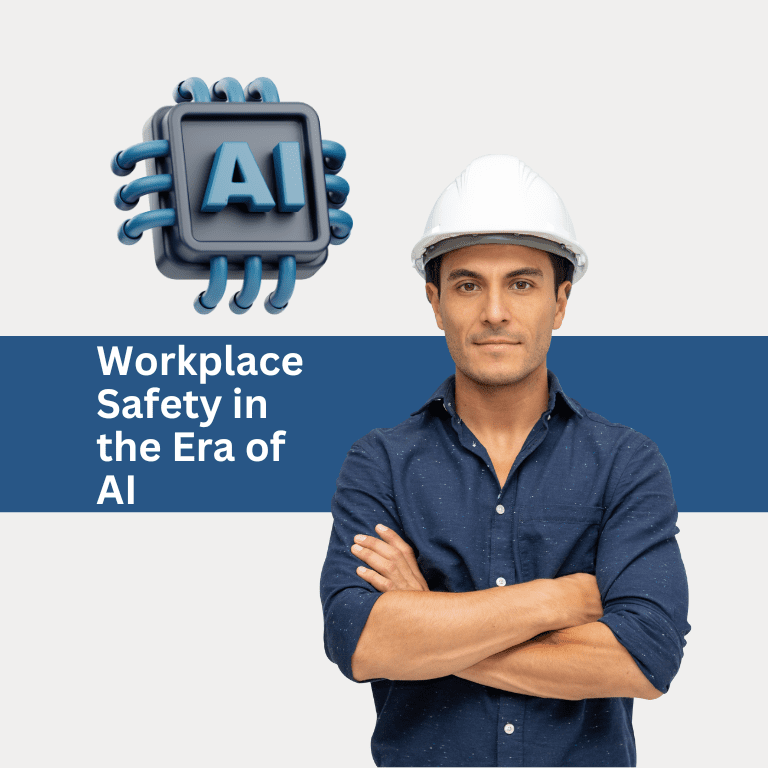The cannabis industry is rapidly expanding, and with this growth comes an increased focus on workplace safety and risk management. One of the most promising tools in this regard is Artificial Intelligence (AI). By integrating AI technologies, cannabis businesses can enhance safety protocols, streamline operations, and better protect their workers. This article delves into how AI is revolutionizing workplace safety in the cannabis industry and offers strategies for balancing innovation with protection.
AI, or Artificial Intelligence, refers to the simulation of human intelligence processes by machines, particularly computer systems. These processes include learning, reasoning, and self-correction. In the cannabis industry, AI can be applied to various aspects, from cultivation to security.
AI can significantly enhance workplace safety by predicting potential hazards, improving compliance with safety regulations, and monitoring real-time data to prevent accidents. The implementation of AI in safety protocols ensures a proactive approach to risk management.
AI Applications in Cannabis Risk Management
-
Predictive Analytics
AI-driven predictive analytics can identify potential safety hazards before they become problematic. By analyzing historical data, AI systems can predict where and when accidents are likely to occur, allowing companies to take preemptive measures. Predictive analytics can help refine safety protocols by identifying trends and patterns in workplace incidents. This data-driven approach ensures that safety measures are continuously improved and updated.
-
Real-Time Monitoring
AI systems can monitor environmental conditions in real-time, such as temperature, humidity, and light levels in cultivation facilities. Maintaining optimal conditions not only enhances plant health but also minimizes risks related to mold, pests, and chemical exposures. Wearable AI devices can monitor workers’ health and safety in real-time. These devices can detect signs of fatigue, stress, or exposure to hazardous substances, alerting management to intervene before incidents occur.
-
Automated Compliance
The cannabis industry is heavily regulated, and maintaining compliance can be challenging. AI systems can automate compliance tracking, ensuring that all safety regulations and standards are met. This reduces the risk of legal issues and enhances overall workplace safety.AI can deliver personalized training programs to employees, ensuring they understand and adhere to safety protocols. Interactive and adaptive learning platforms keep workers informed about the latest safety practices and regulations.
-
Security Enhancements
AI-powered surveillance systems can enhance security in cannabis facilities. These systems can identify unauthorized access, detect unusual behavior, and provide real-time alerts to security personnel, reducing the risk of theft and workplace violence. AI can improve inventory management by tracking cannabis products from cultivation to sale. This reduces the risk of product loss or theft and ensures compliance with regulatory requirements.
Balancing Innovation with Protection
Before implementing AI technologies, it is crucial to conduct a thorough risk assessment. This ensures that potential risks associated with AI deployment are identified and mitigated. Involving employees in the implementation process is vital. Workers should be trained on how to use AI tools effectively and understand their role in enhancing workplace safety.
Ethical Considerations
While AI offers numerous benefits, it also raises privacy concerns. Employers must ensure that AI systems are used ethically and that workers’ privacy is respected. Transparent communication about AI usage and data collection practices is essential. AI systems must be designed and monitored to prevent bias. Ensuring fairness in AI decision-making processes protects workers from discrimination and promotes a safe and inclusive workplace.
Continuous Improvement
Creating feedback loops between AI systems and human operators ensures continuous improvement. Regularly reviewing AI performance and incorporating employee feedback helps refine safety protocols and enhances overall effectiveness. The field of AI is constantly evolving. Staying updated on the latest advancements and best practices allows cannabis businesses to leverage new technologies to further enhance workplace safety and risk management.
AI has the potential to revolutionize workplace safety in the cannabis industry by predicting hazards, monitoring conditions in real-time, ensuring compliance, and enhancing security. However, balancing innovation with protection requires careful planning, ethical considerations, and continuous improvement. By embracing AI responsibly, cannabis businesses can create safer work environments, protect their employees, and drive sustainable growth.
FAQs
How can AI improve workplace safety in the cannabis industry?
AI can improve workplace safety by predicting potential hazards, monitoring real-time conditions, automating compliance, and enhancing security measures. These technologies help prevent accidents and ensure a safer working environment.
What are the privacy concerns associated with AI in the workplace?
AI in the workplace raises privacy concerns related to data collection and surveillance. Employers must ensure transparency in how AI systems are used and protect employees’ privacy rights.
How can predictive analytics be used in cannabis risk management?
Predictive analytics can identify potential safety hazards by analyzing historical data and predicting where and when accidents are likely to occur. This allows companies to take preemptive measures to prevent incidents.













